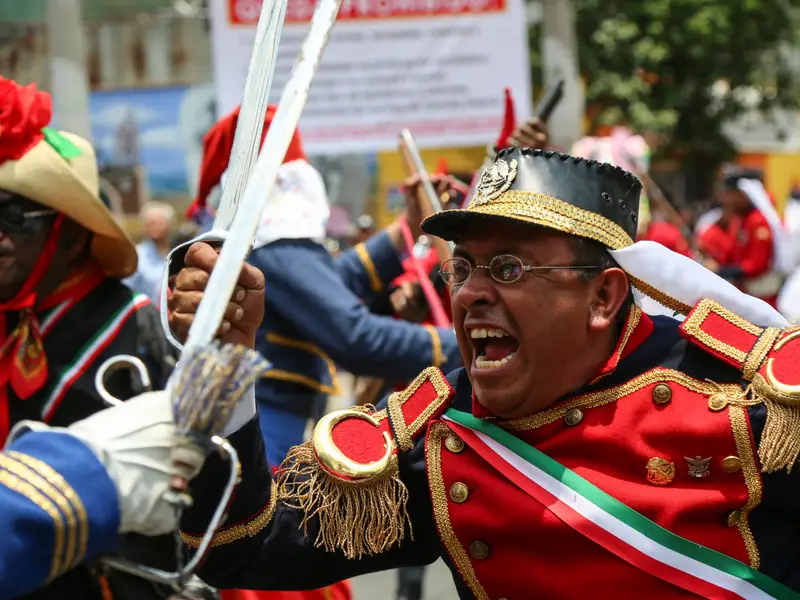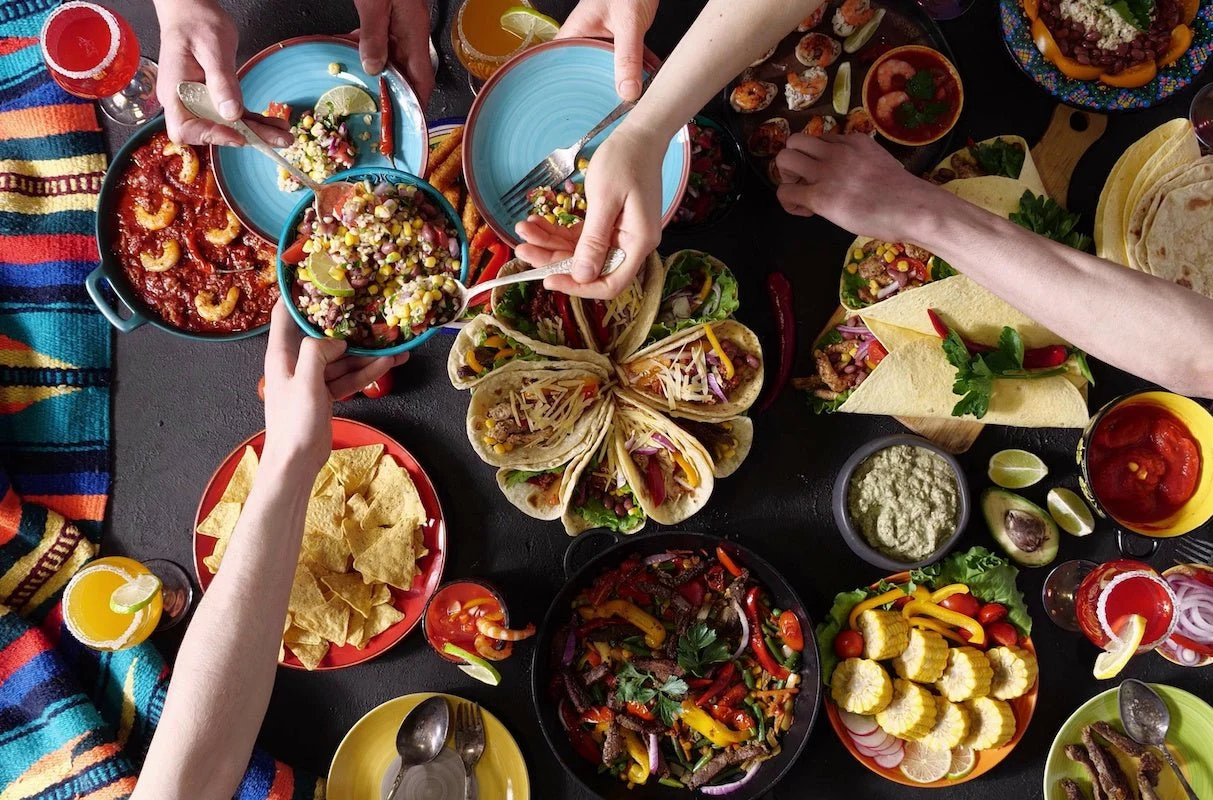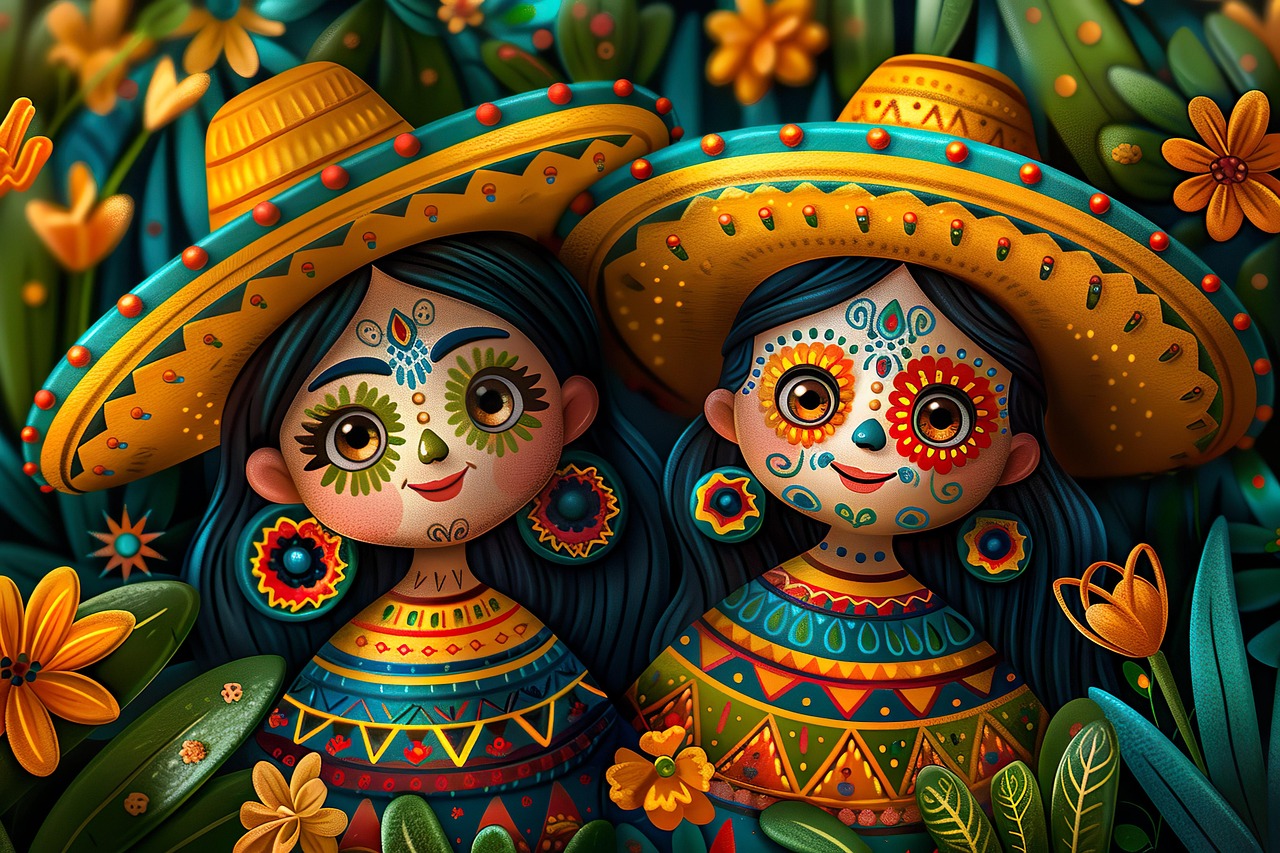Cinco de Mayo, often mistaken as Mexico’s Independence Day, has become an iconic celebration of Mexican culture, history, and traditions. While many associate the day with margaritas, tacos, and festive parades, the true significance of Cinco de Mayo goes beyond the food and festivities. This day honors a historic battle and has evolved into a celebration of Mexican-American identity, resilience, and pride. Let’s explore the story behind Cinco de Mayo and how it has become a widely recognized holiday around the world.
The Origins of Cinco de Mayo
Cinco de Mayo, which translates to “Fifth of May,” commemorates the Battle of Puebla, a pivotal moment in Mexican history that occurred on May 5, 1862. At this time, Mexico was embroiled in a struggle with European powers, particularly France, who sought to exert control over Mexico’s resources and economy. Mexico had been facing severe financial strain due to the costs of war and internal conflict. In an effort to regain control, Mexico had suspended debt payments to several European countries, including France, Spain, and Britain.
While Spain and Britain eventually negotiated with Mexico, France, under the leadership of Emperor Napoleon III, took a more aggressive approach. Napoleon III aimed to establish a French empire in Mexico by placing his puppet monarch, Archduke Maximilian of Austria, on the throne. The French army, considered one of the most powerful in the world at the time, marched into Mexico to enforce this new regime.
The Battle of Puebla took place in 1862 between the French forces, led by General Charles de Lorencez, and a much smaller and less equipped Mexican army under General Ignacio Zaragoza. Against all odds, the Mexican forces achieved a resounding victory, repelling the French and inflicting significant losses. This victory was seen as a symbol of Mexican resistance, strength, and determination, despite being outnumbered and outgunned.
Although the French would eventually conquer Mexico and install Maximilian as emperor, the Battle of Puebla remains a symbol of hope and courage. It gave Mexicans a reason to rally against foreign intervention and solidified the belief that they could overcome adversity, even in the face of overwhelming odds.

Cinco de Mayo in Mexico vs. the U.S.
In Mexico, Cinco de Mayo is primarily celebrated in the state of Puebla, where the battle took place. However, it is not a national holiday, and the celebrations are more subdued than in the United States. In Puebla, there are parades, reenactments of the battle, and cultural festivals, where locals honor the bravery of their ancestors and reflect on the historical significance of the victory.
Outside of Puebla, Cinco de Mayo is not widely observed across Mexico. It is not a public holiday, and most people go about their daily routines. In fact, Mexico’s true Independence Day is September 16th, commemorating the start of the Mexican War of Independence in 1810, led by Miguel Hidalgo. So, while Cinco de Mayo holds importance in Mexican history, it is not as significant a holiday as it is in the United States.
In the United States, however, Cinco de Mayo has grown into a major celebration of Mexican culture, particularly in areas with large Mexican-American populations. The holiday became popular in the U.S. in the 1960s and 1970s as a way to celebrate and affirm Mexican heritage. Mexican-American communities, especially in cities like Los Angeles, Chicago, and San Antonio, began organizing parades, festivals, and parties. Over time, the holiday gained traction and became a celebration not only of Mexican culture but also of the contributions of Mexican-Americans to the fabric of American society.
In fact, Cinco de Mayo has become so widespread in the U.S. that it is now celebrated by people of all backgrounds. While the historical roots are Mexican, the holiday has become a fun, festive occasion marked by vibrant street festivals, mariachi music, folkloric dance, and, of course, plenty of food and drink. It has become a day to enjoy the rich and diverse cultural expressions of Mexico, even for those with no direct connection to the country.

Modern-Day Celebrations: Food, Drink, and Festivities
Cinco de Mayo has evolved into a celebration that’s not just about remembering a historical event, but also about embracing Mexican culture in a fun and lively way. In the U.S., people celebrate the holiday by enjoying classic Mexican dishes such as tacos, guacamole, tamales, enchiladas, and, of course, margaritas. Restaurants and bars across the country offer special promotions, and families and friends gather for parties filled with music, dancing, and delicious food.
The day also highlights the rich musical traditions of Mexico. Mariachi bands are a common sight during Cinco de Mayo celebrations, playing lively tunes that encourage people to dance and sing along. Traditional Mexican folk dances, such as the folklórico, are often performed, showcasing the beauty and vibrancy of Mexican culture.
Beyond the food and music, Cinco de Mayo serves as a reminder of the contributions that Mexican culture has made to American society. Mexican-Americans have had a profound impact on art, music, politics, and labor movements, and the holiday provides an opportunity to honor that legacy. It’s a chance for people to connect with one another, learn about Mexican history, and celebrate the ongoing strength of Mexican-American communities.

A Global Celebration
Cinco de Mayo has spread far beyond the U.S. and Mexico. In countries around the world, people embrace the spirit of the holiday by celebrating Mexican culture. While it may not have the same historical significance everywhere, it serves as a reminder of the power of cultural exchange and the beauty of celebrating diversity.
Conclusion
Cinco de Mayo is more than just an excuse to indulge in tacos and margaritas. It is a celebration of Mexican history, culture, and resilience. From its roots in the Battle of Puebla to its widespread popularity today, the holiday represents the strength and perseverance of the Mexican people, as well as the pride of Mexican-American communities. Whether in Mexico, the U.S., or around the globe, Cinco de Mayo serves as a vibrant reminder of the power of culture and community.
